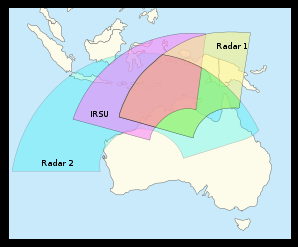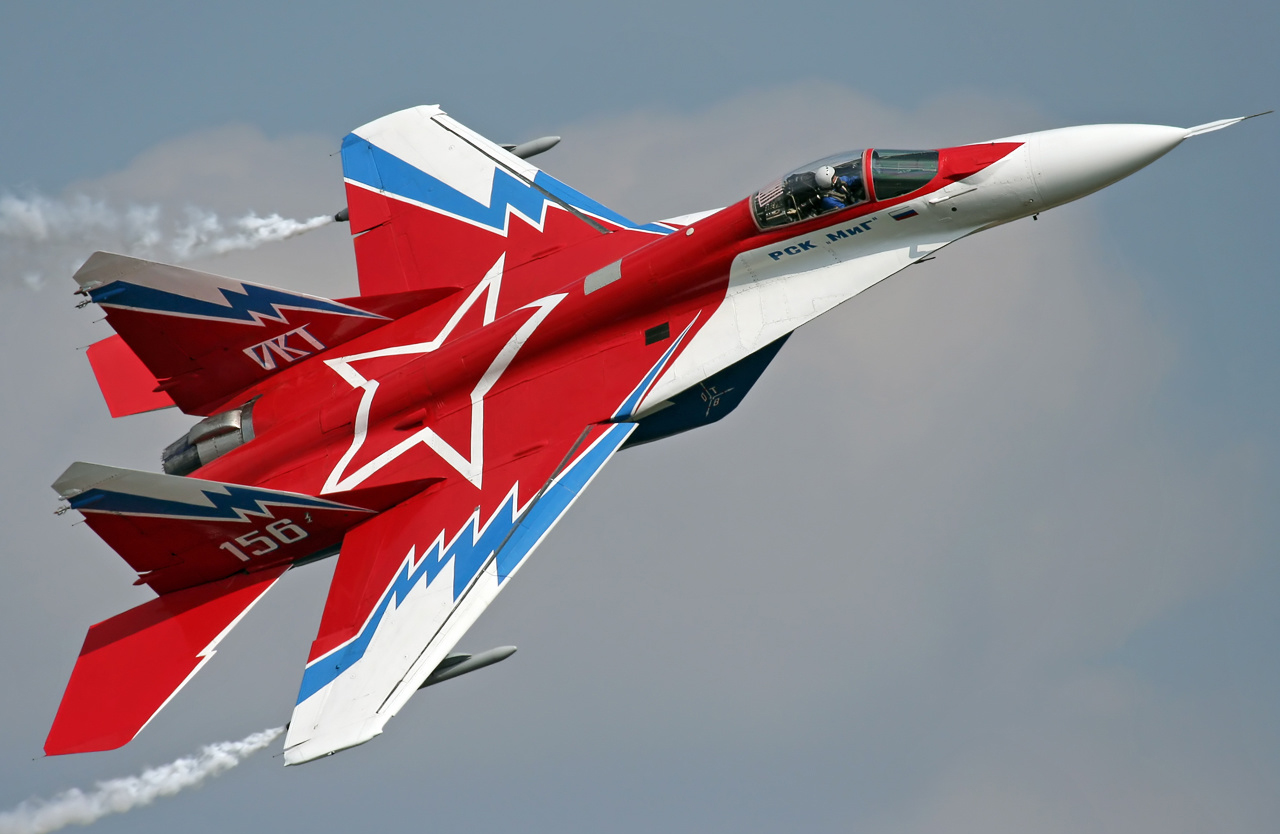[This page was ARCHIVED in February 2018. Click on this link to view the updated entry.]
The Air Force must be centred around an Air Superiority platform in light of the equipment being fielded in the region. An advanced long range multi-role fighter is the best choice given our existing ground attack and strike requirements. With projected advances in Radar and IR detection Australia should not accept intrinsically inferior flying platforms like the F-35 that relies heavily on its present day stealth and sensor advantage. Hypothetical future aircraft, like a 'FJ-23', a cross between an F-23 and J-20, would be the most satisfactory solution. Significant numbers of these aircraft must be acquired.
The 'FJ-23' Air Superiority Multi-Role Aircraft:
The Air Force must be centred around an Air Superiority platform in light of the equipment being fielded in the region. An advanced long range multi-role fighter is the best choice given our existing ground attack and strike requirements. With projected advances in Radar and IR detection Australia should not accept intrinsically inferior flying platforms like the F-35 that relies heavily on its present day stealth and sensor advantage. Hypothetical future aircraft, like a 'FJ-23', a cross between an F-23 and J-20, would be the most satisfactory solution. Significant numbers of these aircraft must be acquired.
The 'FJ-23' Air Superiority Multi-Role Aircraft:
 [The above picture is actually concept art for a Chinese J-XX aircraft but this picture fortuitously includes the desired features of a FJ-23, with canards and trailing vertical stabilisers that allow control of the aircraft at high angles of attack. Notice that this aircraft has some separation between its engines that allows for more fuel, weapons and rear facing sensors.]
[The above picture is actually concept art for a Chinese J-XX aircraft but this picture fortuitously includes the desired features of a FJ-23, with canards and trailing vertical stabilisers that allow control of the aircraft at high angles of attack. Notice that this aircraft has some separation between its engines that allows for more fuel, weapons and rear facing sensors.]The secondary requirement, in terms of front line capability would be the acquisition of a long range medium bomber that can fulfill the role of the retired F-111s. Ideally an enlarged version of the FB-23 concept would be the most preferred option.
The FB-23 Medium Bomber:
 [This aircraft should also be designed with significant space between the engines to allow for fuel, weapons and sensors. If such medium bombers are unavailable then greater numbers of long range multi-role "FJ-23" type fighters, or their equivalent, will need to be ordered.]
[This aircraft should also be designed with significant space between the engines to allow for fuel, weapons and sensors. If such medium bombers are unavailable then greater numbers of long range multi-role "FJ-23" type fighters, or their equivalent, will need to be ordered.]UAV Squadrons:
A 2024-2030 Air Force will need at least 2 Squadrons of Unmanned Aerial Vehicles (UAVs). One will consist of a Strike Squadron that will field Unmanned Combat Aerial Vehicles (X-47Bs or better) while the other Strategic Surveillance Squadron and will comprise of Global Hawks and ultra long duration Airship UAV platforms:

[1 Squadron of UCAVs. In this case X-47B concept art.]
 [1 Squadron of surveillance UAVs - in this case we see an ultra-long endurance Airship/AEW platform.]
[1 Squadron of surveillance UAVs - in this case we see an ultra-long endurance Airship/AEW platform.]
KEY AIR FORCE COMPONENTS:
The core composition of the Air Force is summarised as follows:
(100) 'FJ-23' Air Superiority Multi-Role Aircraft > or a similar platform such as the Eurofighter Typhoon, Sukhoi T-50 PAK FA, F-15SE Silent Eagle or Lockheed F-22s. Alternatively a lower cost aircraft like the Saab Gripen NG could be attained in much larger numbers.
(32) FB-23 Medium Bombers or an equivalent amount of 'FJ-23s' that include at least 8 E/FB-23 electronic warfare platforms operating in a role similar to the EF-111 Raven.
(1) Squadron of UCAVs - for strategic strike and other high threat missions.
(1) Squadron of UAV/AEW platforms - for strategic recon and maritime patrol consisting of Global Hawk and ultra long endurance Airship UAVs.
(6) AWACs aircraft - currently Wedgetail 737s in service.
(7) KC-30A refueling tankers - in service.
(5) A400M Atlas dual use airlifter/tankers (see ADF Air Transport).
(10+) P-8A Poseidon Maritime Patrol aircraft (upgraded to include a MAD detector):

The last key component, but certainly not least, is the JORN over-the-horizon long range radar system:

Training and 'COIN' Aircraft:
Since the Air Force should look to field multi-purpose platforms wherever possible, training aircraft must be usable in the Counter Insurgency (COIN) role, being able to employ air-to-ground missiles, JDAM or LGBs, whilst also having useful air-to-air capabilities. All training aircraft must double as COIN systems to improve the ability of smaller Australian Army units and special forces patrols to defeat larger conventional forces.
(55) Hawk 127 lead in jet trainers increased from 33 presently fielded:

These aircraft can have inflight refuelling probes attached and should also be able to carry anti-ship missiles in the future. The platforms should be fitted with a (future) front and rear facing air intercept AESA radar pod to allow one or more aircraft in a formation to provide air defence - especially against radar equipped and missile armed helicopters. These jets should additionally be able to field the AN/ASQ-236 Radar Pod (for all weather recon mapping) in addition to their standard FLIR (that notably includes laser designation) capability.
(65) Embraer EMB 314 Super Tucanos:

These aircraft are to replace the current PC9 trainers and should be able to carry FLIR pods or the radar pods mentioned for the Hawk 127s - especially the proposed AESA air intercept system for anti-helicopter operations.
(5) MiG-35 Fulcrum Fs:
These super-manoeuvrable aircraft are to be used in air combat training exercises and must be updated with the best available systems including thrust vectoring engines.
ADF Air Transport Capability can be reviewed here.
